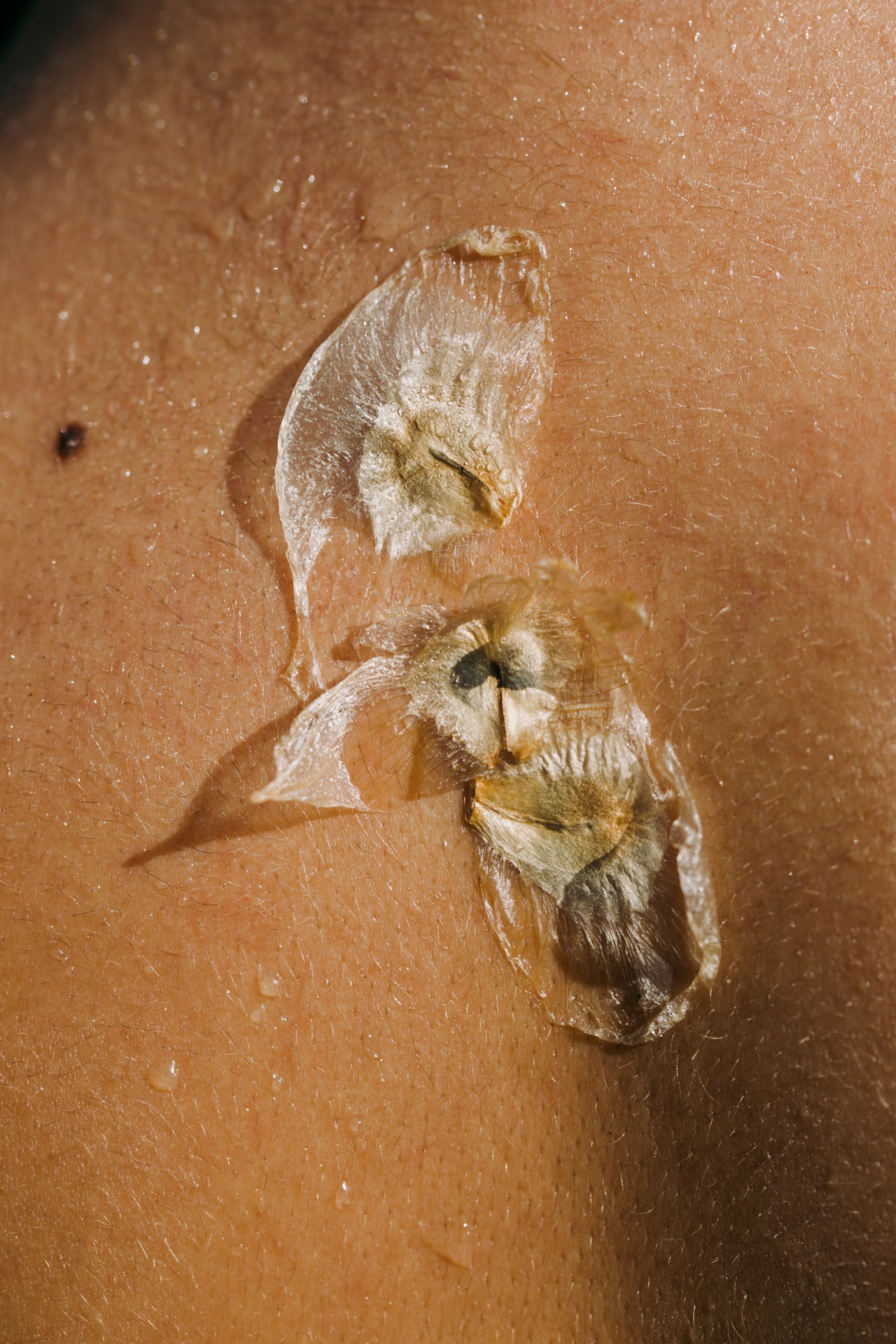

words by anohni
Photograph by gleeson paulino
For myself and many others, queer ecology and feminism are bound inextricably together. In the group art project Future Feminism, our first tenet was that “The subjugation of women and the Earth are one in the same.” In my imagination, the domestication and subjugation of other animals has functioned as a prototype for the subjugation of the feminine more broadly in societies that have swayed towards patriarchy. I imagine a kind of backlash that has lasted several millennia, a rejection of the voluptuous feminine totality of the universe and a push from within our collective male aspect to enslave and appropriate the creativity of femininity.
In my work, I have sought to bind the notion of trans bodies and spirits to the mast of ecological concern under the auspice that it is our biological mandate, as people who have emerged from an impulse within nature, despite the desires of family, church, and state in most parts of the world that we cease to exist. Trans people in some Indigenous societies have been held, both contemporarily and historically, in high regard. The alchemy of gender variance can become a portal through which some communities gaze upon joyful trans expressions as a point of access to knowledge of divinity and interconnectivity. In a trans bodied person, the spectral magic of nature emerges like a genie from our commonly-held binary adherence, insisting on deeper reflection.
Policies dictating rolling genocides upon trans bodies, reiterated across centuries, have ensured that trans visibility, and access to intergenerational knowledge of the existence and value of transgendered people, has been broadly severed in Abrahamic societies. This erasure has been so effective that mothers of every generation in the West are continually challenged to relearn the notion that it is even possible to bear a trans child, or that such children even exist with any empirical continuity. The erasure of trans bodies has been a crucial step in decimating the trail of breadcrumbs that might lead humanity back to its source: wilderness.
This is one trail that Willow has helped to chart a map towards restoring through her writing for The Overview. In one edition, she addresses the porousness of frog skin, highlighting the parallel vulnerability of trans people. In many societies, transfeminine people are also called upon to form a frontline and shock absorber for the worst excesses of misogyny. Consciously or unconsciously, trans bodies have been elected by nature to resist populist paradigms that hypnotize the collective consciousness of much of humanity. Intense vulnerability can be a potent and startling asset. The acceptance of trans existence inevitably leads us to a deeper accounting of the harms we have perpetuated—upon trans bodies, upon women’s bodies, upon human bodies, and upon the body of nature. Every mother, in her heart of hearts, knows it.
I see nature’s creativity as completely inseparable from, and synonymous with transness—and, for me, a movement towards femininity, the ascendance of Mother Earth.
The ability to embrace gay and trans children is a potent litmus test as to the psychic and spiritual health of the societies that they’re born into. It’s a challenge that nature herself poses. A trouble-maker, a collective entity very much in the process of evolving, asking: are you going to destroy this, or are you going to let it live? Riches, or collapse? Virulence, or pastoral life? Crush it and kill it, or watch its delicate wings unfurl?
Willow contemplates the transition our species faces, as well as the ones we all go through. As she told me, “We are in the midst of a complete metamorphosis. We are in the era of decay. But if you look at what happens within a chrysalis, it is more decay than anything else, except for the imaginal discs, which are these clusters of cells that are with the caterpillar even when it’s born. In the chrysalis, everything melts down except for these clusters of cells, which then become its wings and eyes and everything else. We are just in the moment of decay and everything feels mysterious and translucent and strange, and it also feels like immeasurable loss.”
At a time when it feels difficult to grasp the big picture, Willow has stitched together countless macrocosms in service of this task, so that the people and environments she investigates and stories they contain have a chance to cross-pollinate. Her essays for this book cumulatively comprise a kind of trans-femme-eco-festo, a searching and compassionate address of our relationship to the Earth. It’s dense work. In the time since she first interviewed me for Atmos, she has amassed a panoramic point of view of something I call “What’s really happening?”
“I think there are all of these imaginal instructions telling us what we actually need for a different future. Whether or not it will become that remains to be seen. But if I have faith in anything, it is transition,” she said. “My own transition has been such a massive part of this because I feel it has helped me understand that nature, more than anything else, is just a process of continuous change. We are in that process, and it’s really a question of whether our species decides what we want to emerge from it.”
I see nature’s creativity as completely inseparable from, and synonymous with transness—and, for me, a movement towards femininity, the ascendance of Mother Earth. I dearly hope that we always have access to this choice, the boon of creative potential, in every realm of consciousness we encounter. That is a dream that I feel Willow and I seem intuitively to share.
The Overview: Meditations on Nature for a World in Transition is available to order here.
ANOHNI on the Creative Force of Nature